Gardens evolve just like fashion, and what once felt fresh can suddenly look dated against today’s eco‑minded, low‑maintenance ideals. If you’re still clinging to certain “classics,” don’t worry—most of us are! From AstroTurf that bakes in the sun to plastic edging that curls up like old tape, some former favorites are now more hassle (or environmental headache) than help. Here are 15 outdoor features that designers and horticultural pros say have had their moment—plus why it might be time to let them go.
1. Decorative Raised Beds
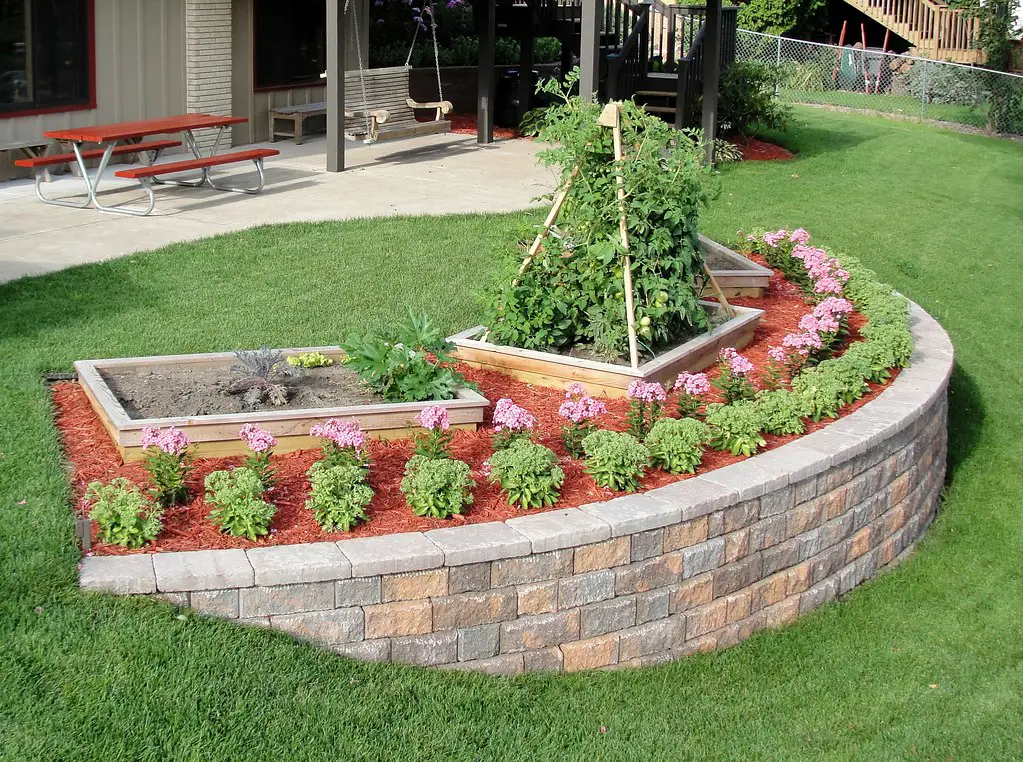
Ornate metal troughs and shallow Instagram‑friendly planters popped up everywhere a few seasons back. They looked fabulous in photos, but An Oregon Cottage warns that many of these beds warp, rust, or dry out plant roots in record time. Practical cedar or redwood boxes last longer and hold more soil, giving veggies room to stretch. Style matters, but sturdiness feeds the family.
If you’re stuck with flimsy showpieces, reinforce them or repurpose them for shallow herbs. Then build deeper beds from untreated lumber for tomatoes or root crops. Your harvest will improve, and you’ll spend less time replacing cracked containers. Garden cred beats fleeting likes every time.
2. Synthetic or AstroTurf Lawns
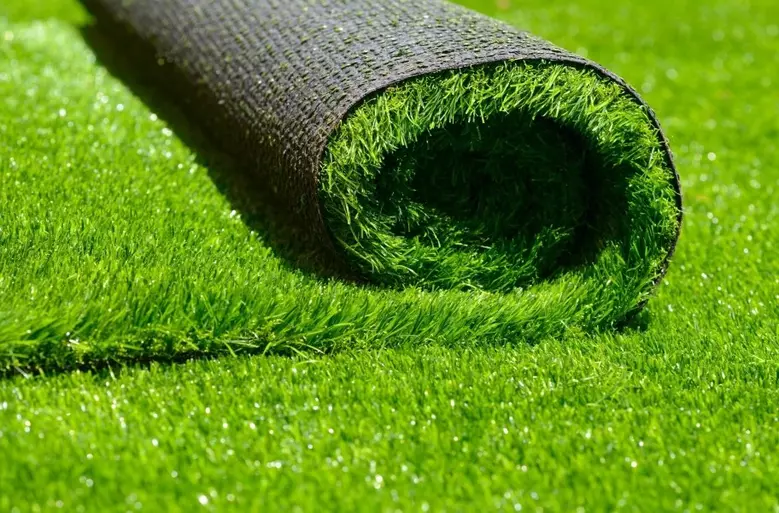
Remember when plastic grass seemed like the ultimate no‑mow solution? Many homeowners laid down miles of green carpeting to dodge weekly lawn chores. Yet Sunset Magazine now ranks synthetic turf among the top trends to leave behind because it traps heat, sheds micro‑plastics, and prevents soil life from thriving.
Real turf alternatives have improved, so you can swap plastic for resilient clover blends or native grasses that need less water. Permeable hardscape paths and mixed groundcovers also reduce upkeep without turning your yard into a frying pan. Your feet (and the local pollinators) will be cooler and happier. Plus, nothing beats the scent of real grass after rain.
3. Plastic Landscape Edging
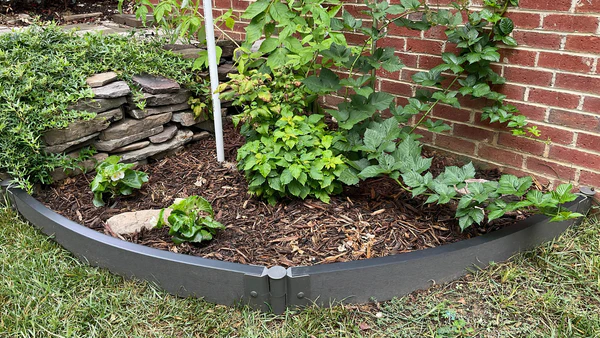
Flexible black rolls promised crisp borders with minimal effort—and plenty of folks still have them half‑buried along flowerbeds. The trouble is, those strips pop out, fade, and invite weeds underneath. Designers quoted by Sunset Magazine encourage switching to stone, brick, or metal edging for a cleaner, longer‑lasting line that’s also kinder to the planet.
Swap in natural materials a section at a time so the project feels doable. Reclaimed bricks or local rocks add character and improve drainage. Once the plastic is gone, mowing and trimming become easier too. Your beds will look intentional instead of improvised.
4. Concrete‑Dominated Patios
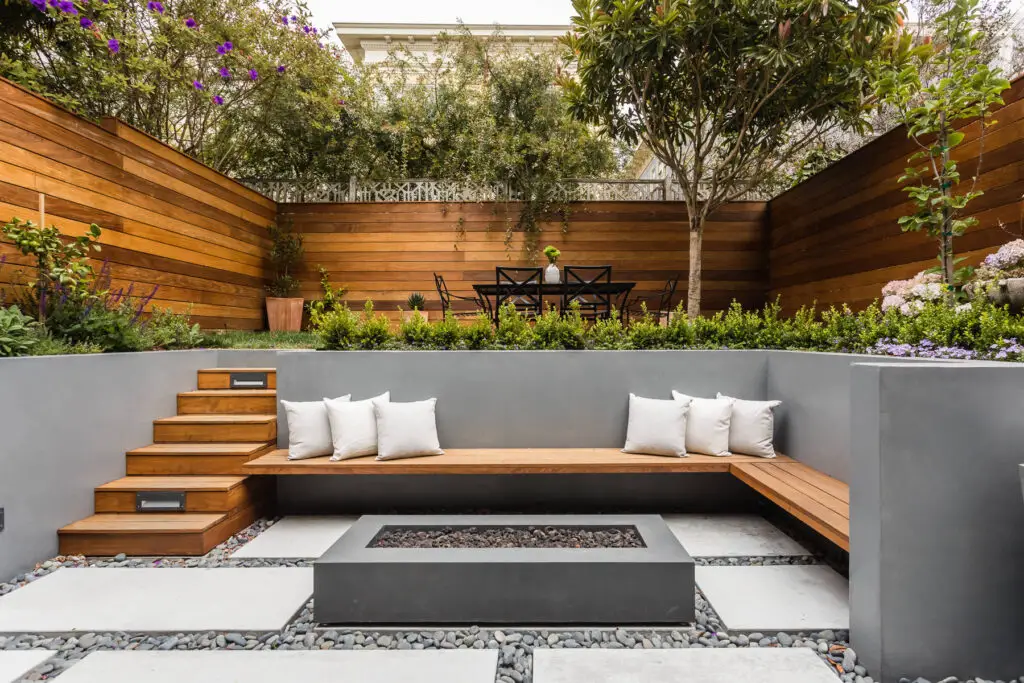
Polished slabs once screamed modern minimalism, but they’re starting to feel like outdoor parking lots. The U.S. Environmental Protection Agency notes that large, impermeable patios contribute to heat‑island effects and storm‑water runoff—two headaches gardeners aim to avoid in 2025. Permeable pavers, gravel, or flagstone let rain soak in and add texture that plants can soften. The shift is eco‑smarter and far prettier.
You don’t have to jackhammer the whole terrace tomorrow. Replace a single section with permeable materials and add container plantings for shade. Over time, you’ll notice cooler temps underfoot and fewer puddles after storms. Friends will call it an oasis, not a skillet.
5. Mason‑Jar Solar Lights
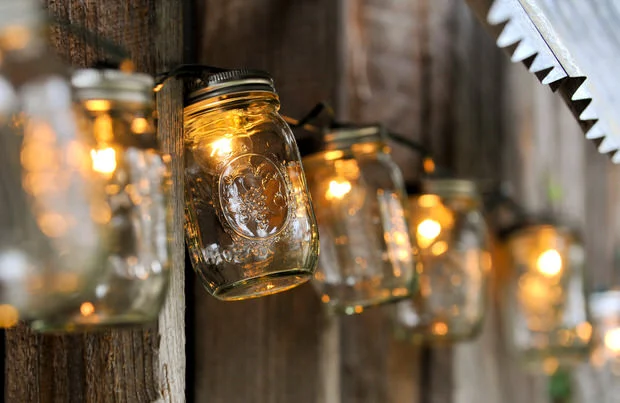
Those pint‑size LEDs looked charming at summer cookouts, but their dim glow rarely survives more than a season. Plastic caps yellow, batteries fail, and jars cloud over, leaving a trail of flickering clutter. Integrated path lights or low‑voltage systems now offer brighter, longer‑lasting ambiance. It’s time to retire the jars—or relegate them to firefly‑catcher nostalgia.
Outdoor lighting works best in layers: subtle step lights, canopy‑level string bulbs, and a focused spotlight on a specimen tree. That mix feels intentional, not craft‑fair random. Your guests will actually see the path home. And you’ll quit swapping dead batteries every month.
6. Tiki Torches
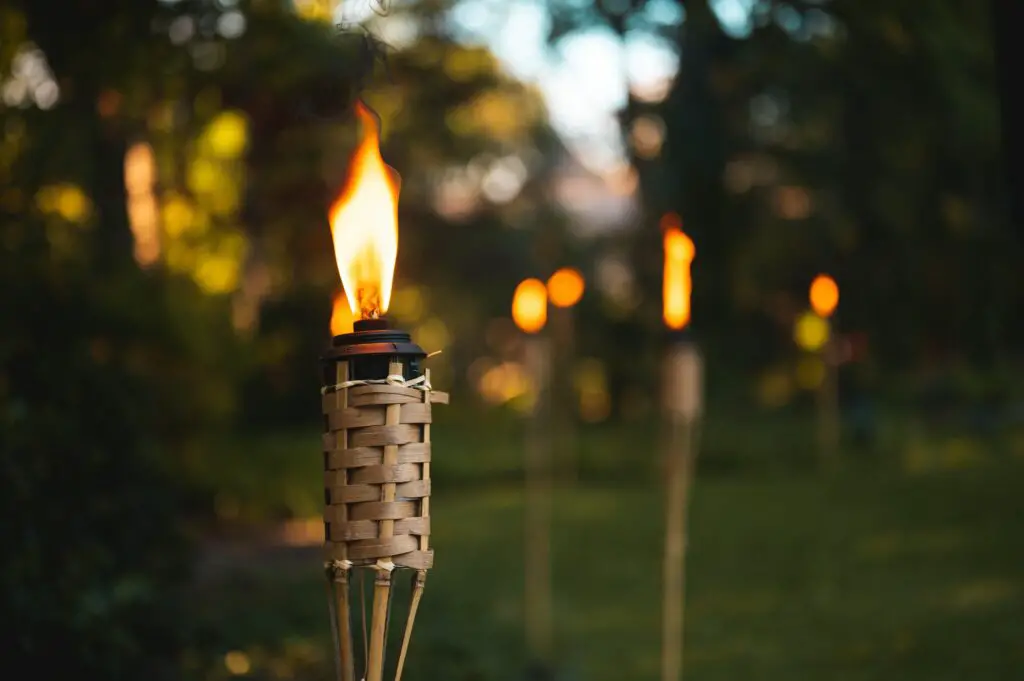
They evoke island vibes but leak fuel, blow out in the wind, and can scorch nearby foliage. Today’s patios favor smokeless tabletop fire bowls or LED lanterns that deliver warmth without the hazard. Safety aside, bamboo poles sticking out of a perennial border just don’t say “modern garden.” Retire the torches and save the hula fantasy for vacation.
Swap in a compact propane fire pit for marshmallow nights. Or choose citronella candles in sturdy steel containers for bug‑banishing glow. Your yard will smell less like lighter fluid and more like evening jasmine. The neighbors (and your insurance agent) will approve.
7. Gravel-Only “Zen” Corners

A perfectly raked patch of gravel might’ve once suggested calm and simplicity, but these “Zen” corners often become more work than they’re worth. Fallen leaves, drifting weeds, and even neighborhood cats can ruin that carefully combed look overnight. Without surrounding plants or variation in texture, these areas tend to feel sterile rather than serene. Designers now lean toward blending gravel with greenery or large pavers to keep the space low-maintenance and interesting.
If you still love the idea, consider layering in drought-tolerant plants like lavender or blue fescue to soften the edges. Add a boulder or two, or install a stone bench for function as well as form. You’ll still get your moment of Zen—just with more beauty and less sweeping. Plus, wildlife will find it a bit more inviting, too.
8. Animal-Shaped Topiary
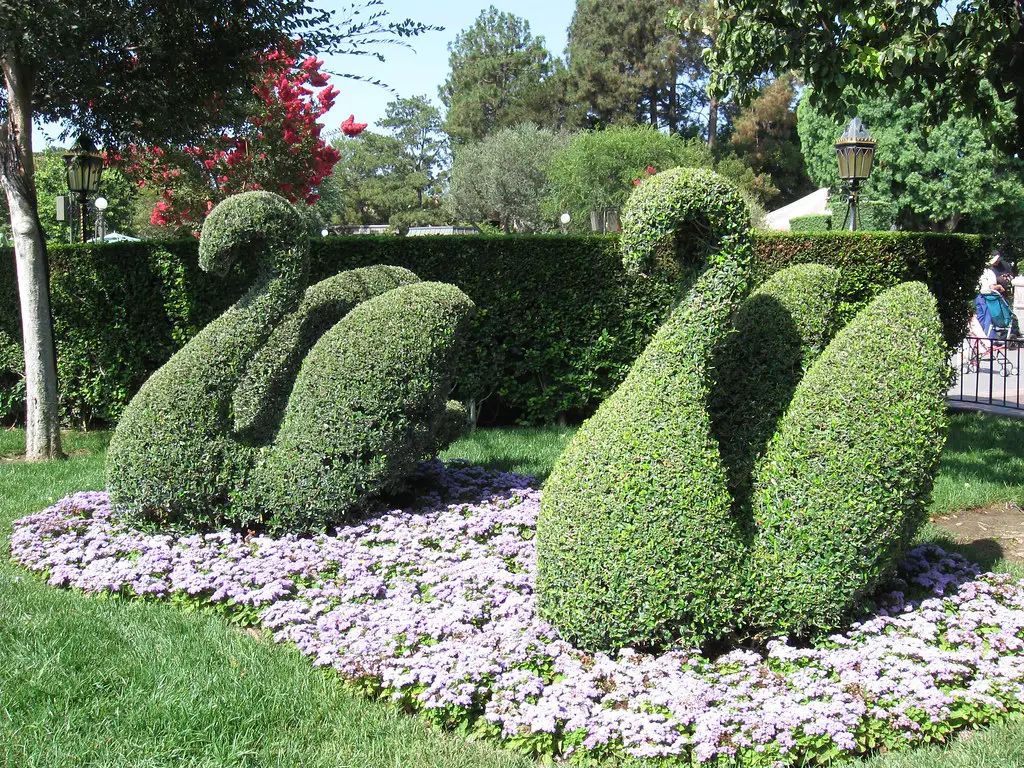
Shaping shrubs into dolphins, bears, or peacocks used to be the ultimate garden flex. These days, though, topiary animals read more like a novelty act than a design statement—especially with the rise of more natural, sustainable landscaping. On top of that, boxwood (a favorite for shaping) is increasingly vulnerable to blight and pest problems, making these green sculptures high-maintenance and short-lived. The time investment often isn’t worth the wow factor anymore.
Instead, opt for organically shaped shrubs or native hedging that support biodiversity. You can still create beautiful silhouettes with selective pruning—just skip the circus animal aesthetic. If you’re feeling sentimental, keep one as a garden conversation piece and let the rest evolve back into natural forms. It’s less about taming nature now and more about working with it.
9. Garden Gnomes on Patrol
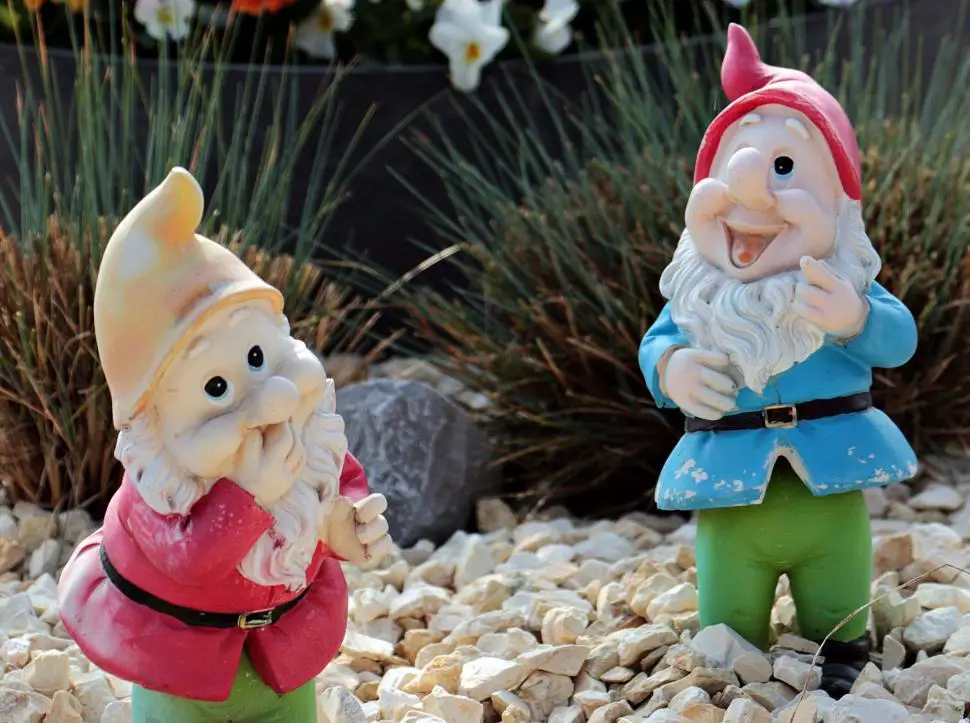
Whimsical? Sure. But a battalion of gnomes scattered around your garden can easily tip things from charming into cluttered. While kitsch has its place, today’s garden trends lean toward minimal, meaningful decor rather than over-the-top ornamentation. Too many tchotchkes distract from the beauty of your actual plants.
If you still love your little guys, consider grouping them together in a single, intentional vignette. Tuck them into a shaded corner with moss and ferns to create a playful “gnome home” that feels curated rather than chaotic. The key is editing—not erasing—so your personality shines without overwhelming the space. Think of it like a gallery wall, but for your backyard.
10. Rubber Mulch
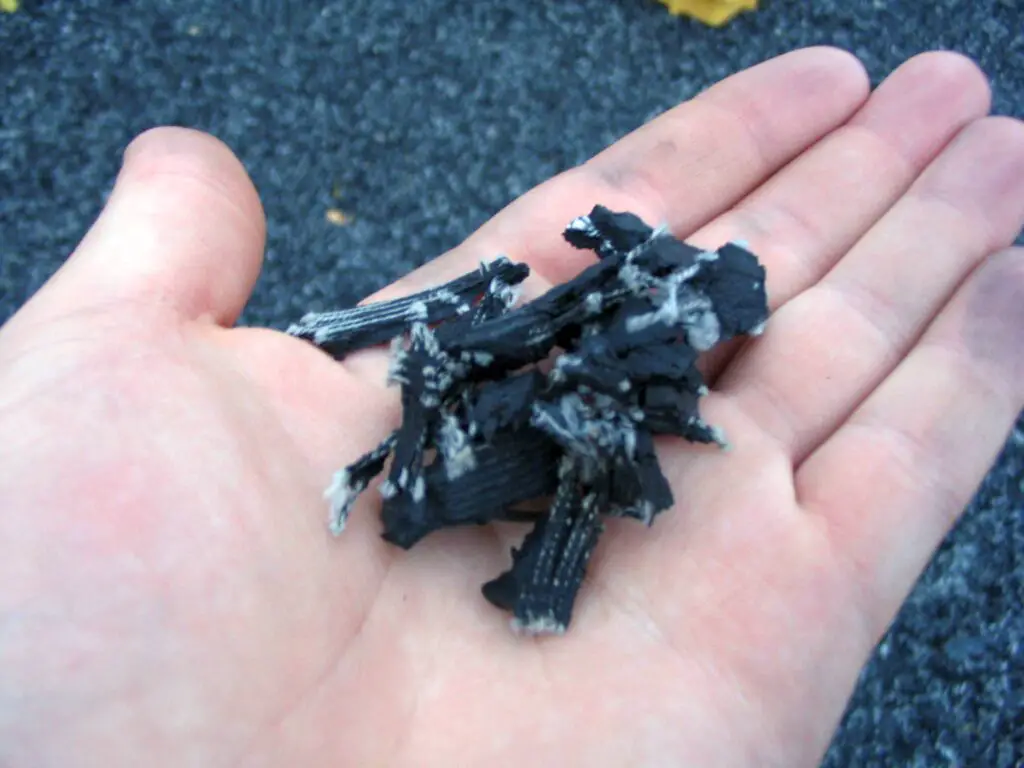
At first glance, rubber mulch seemed like a win: recycled material, long-lasting, and no more splinters. But more recent research shows it can leach harmful chemicals into your soil, trap heat around roots, and even pose risks to pets and wildlife. Unlike organic mulch, rubber doesn’t break down to feed the soil, leaving garden beds looking lifeless over time. What was once hailed as low-maintenance is now seen as a landscaping misstep.
Natural mulch options—like shredded bark, wood chips, or leaf mold—nourish the soil and retain moisture without the chemical side effects. They may need topping off each season, but they support a healthy garden ecosystem in the long run. Plus, the earthy smell of real mulch beats that burnt-tire scent every time. Your plants (and nose) will thank you.
11. Birdbaths Without Circulating Water
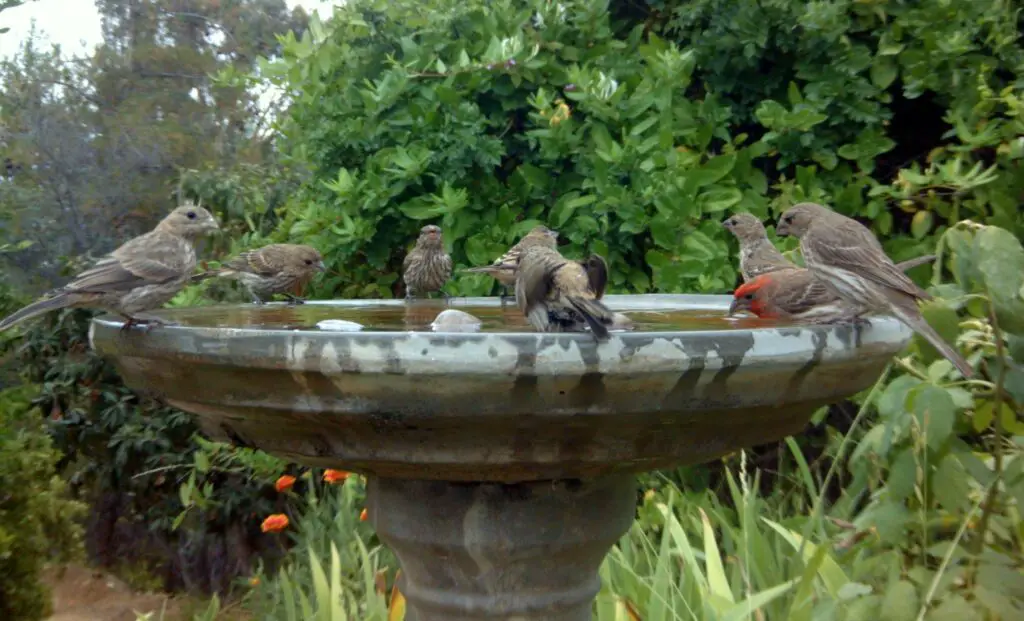
A classic birdbath might look lovely, but if it’s just a shallow basin of still water, it’s likely doing more harm than good. Without circulation, birdbaths quickly become breeding grounds for mosquitoes and algae—especially in warmer months. Birds may avoid them altogether if the water’s dirty or stagnant. That defeats the whole purpose of inviting wildlife into your garden.
You don’t have to give up on the birdbath dream—just add a small solar-powered pump or dripper to keep things flowing. Moving water stays cleaner and attracts a wider variety of feathered visitors. It also adds a peaceful sound that enhances your outdoor ambiance. With one simple tweak, you’ve gone from forgotten ornament to backyard oasis.
12. Oversized Plastic Play Structures
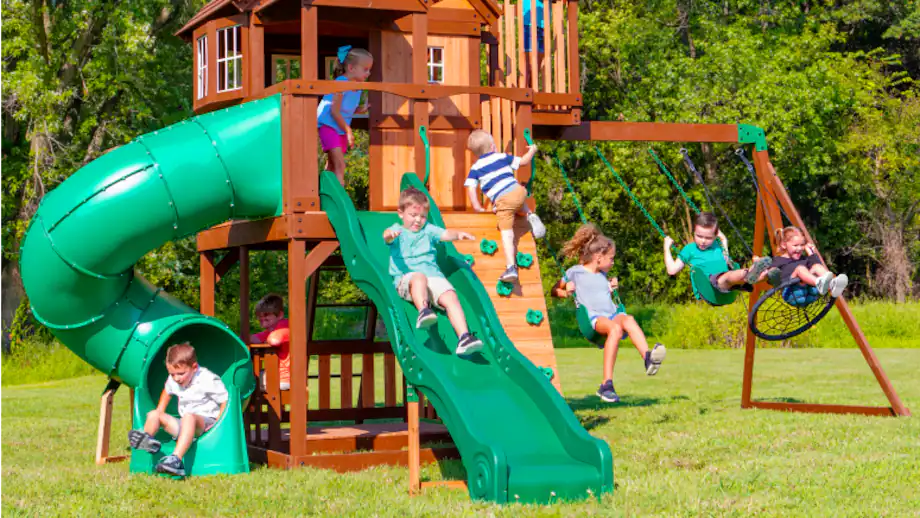
Brightly colored playhouses and towering slides once ruled suburban backyards. But over time, they fade, crack, and take up valuable real estate that could be doing more for the whole family. Many modern parents are leaning into natural play areas—think stepping stones, tree stumps, and meandering paths that spark creativity and blend into the landscape. It’s playtime that grows with your garden.
If your kids have outgrown the plastic jungle gym, consider dismantling it and reimagining the area with elements that invite exploration at any age. Add a sensory herb garden, a teepee made from climbing vines, or a small water feature they can help tend. These features engage children while keeping the space aesthetically appealing. And when they’re grown, your garden won’t look like a faded playground graveyard.
13. Annual-Only Flower Beds
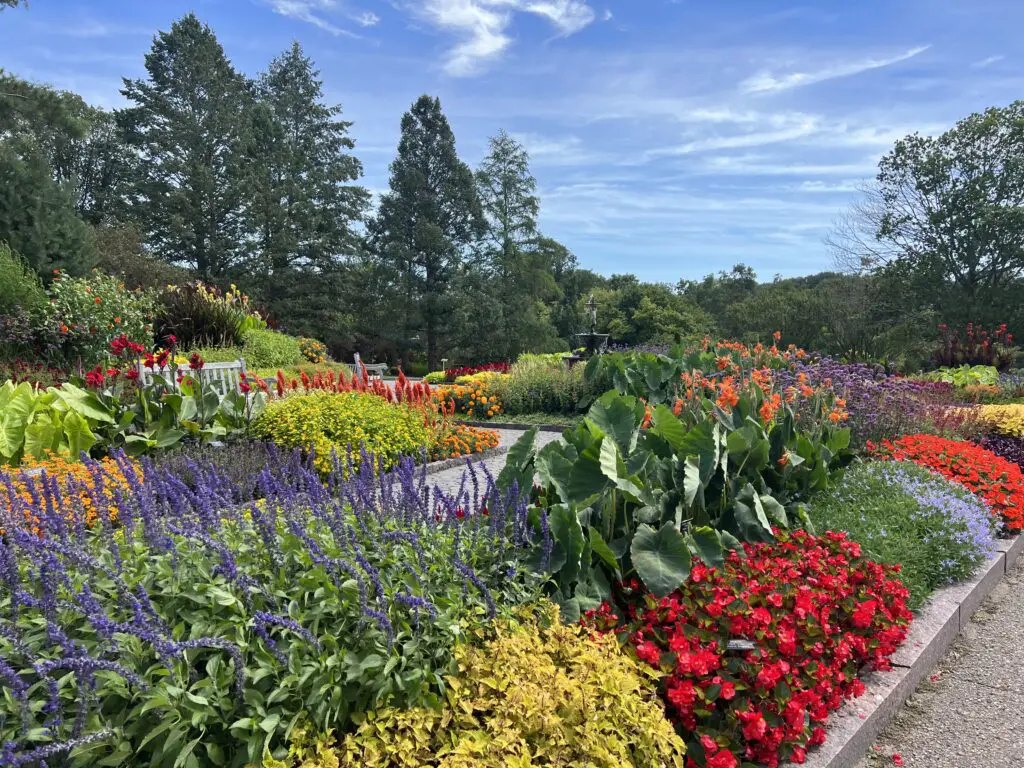
Once upon a time, planting petunias and impatiens en masse every spring was the mark of a well-kept garden. But these water-thirsty plants need frequent replacements and leave your beds bare once the season ends. Today’s gardeners are opting for layered, perennial-focused borders that bloom in succession and support pollinators. It’s a win for the environment and your weekend schedule.
That doesn’t mean giving up annuals entirely. Use them for seasonal pops of color in containers or gaps where perennials haven’t filled in yet. Just don’t rely on them to carry the whole show. A mix of textures, bloom times, and foliage will keep your garden looking lively year-round.
14. Pallet Vertical Gardens
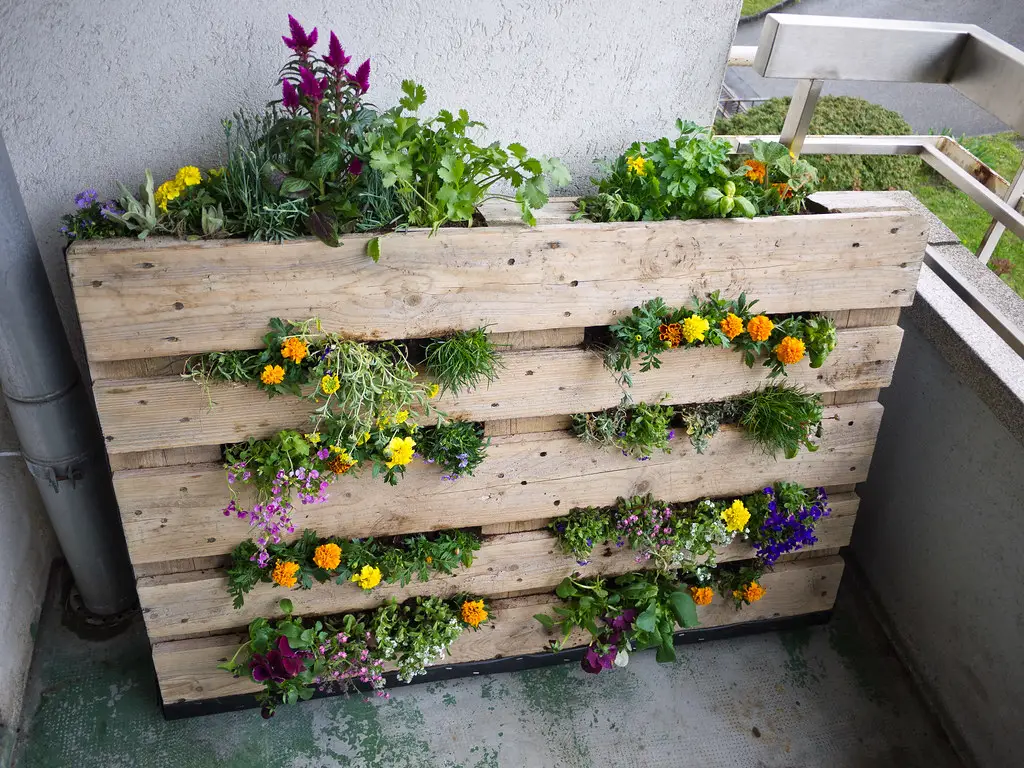
Pallet planters had a huge Pinterest moment, and for good reason—they’re DIY-friendly and visually striking. But many suffer from poor drainage, rot, or shallow planting space that limits plant health. After a year or two, they often end up sagging, stained, or moldy. They’re not quite the sustainable success they once seemed.
If you’re still attached to the rustic vibe, reinforce your pallet with landscape fabric and add a drip irrigation system to improve longevity. Better yet, switch to modular vertical planters designed specifically for safe, long-term growing. They’ll still give you the space-saving benefits but with much less maintenance. And your plants will thrive instead of struggling to survive.
15. Railroad-Tie Borders

Railroad ties were once prized for their rustic charm and indestructibility. But they’re usually treated with creosote, a toxic preservative that can leach into soil—especially problematic around edibles or where kids play. Most landfills now treat them as hazardous waste, which should tell you something. Their environmental impact just isn’t worth the old-school look anymore.
Safer options include stone edging, untreated hardwood timbers, or even metal edging with a weathered finish. These materials offer durability and style without the health concerns. If you’re planning to swap them out, be sure to handle disposal carefully—your local waste authority can guide you. Once they’re gone, your garden will be safer, and you’ll have a lot more peace of mind.
